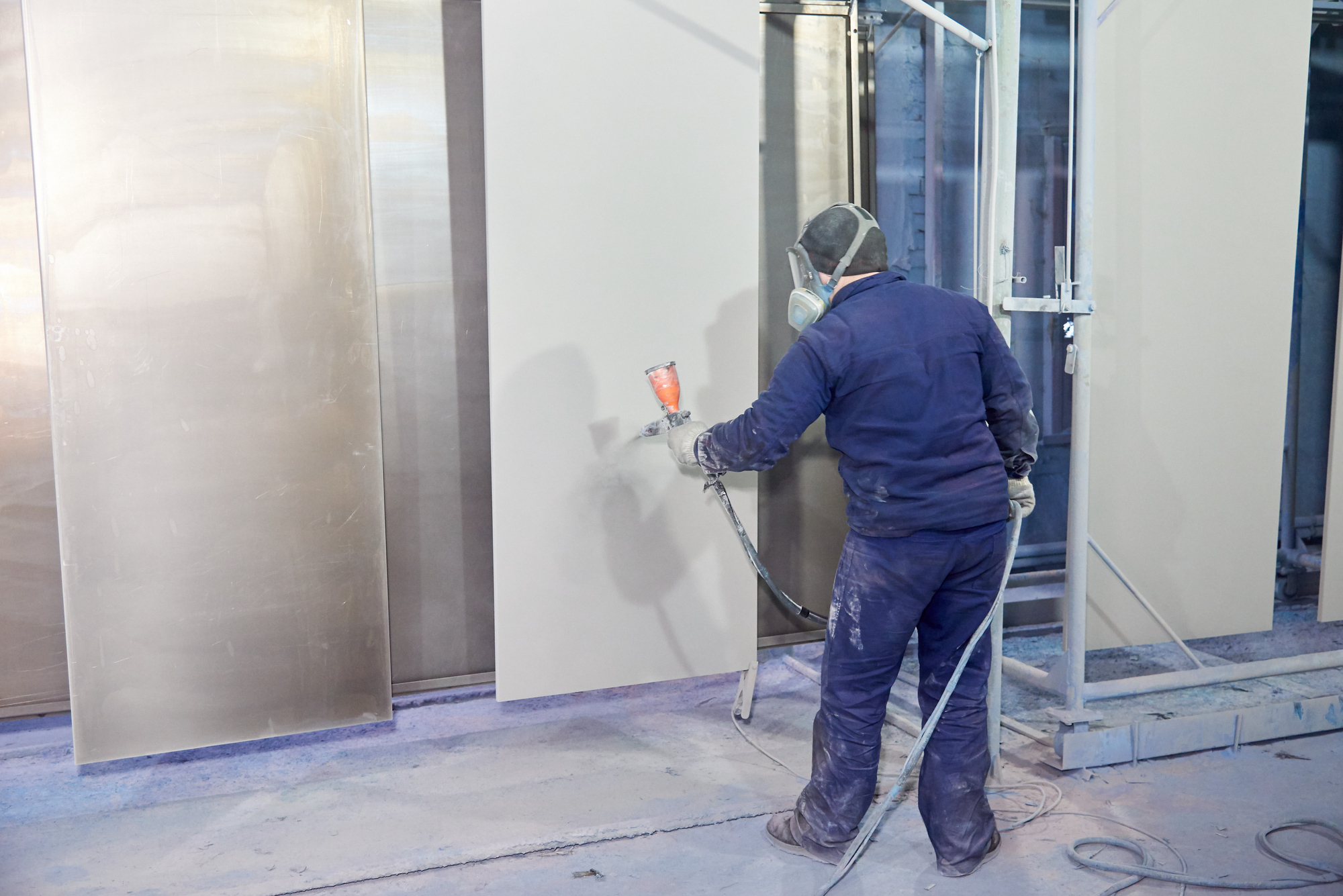Below-grade coatings are specialized coatings used to protect structures that are located below ground level. These coatings prevent water infiltration, protect against corrosion, and enhance the durability of underground structures.
Key Features of Below-Grade Coatings
Below-grade coatings are vital in the upkeep and durability of your underground structures. Here are some of the benefits they provide.
Seamless Application
These coatings are usually applied as a liquid or semi-liquid material that adheres seamlessly to the surfaces. This application method ensures that there are no gaps or seams where water could penetrate.
Waterproofing
Below-grade coatings provide a waterproof barrier. They prevent moisture from seeping through the walls and causing damage. This is crucial in areas with a high water table or frequent rainfall.
Corrosion Protection
Moisture and the chemicals present in soil can lead to the deterioration of structural materials over time. These coatings protect the underlying materials from corrosion. This enhances the longevity of structures and reduces maintenance costs.
Types of Below-Grade Coatings
Below-grade coatings come in various types, each with its unique properties and applications. For example:
- Bitumen-based coatings provide excellent waterproofing properties, and they are commonly used in conjunction with other materials for added protection.
- Elastomeric coatings can bridge cracks that may develop in the substrate over time. They offer both waterproofing and crack-bridging capabilities.
- Cement-based coatings are durable and resistant to water and chemicals. They are often used on concrete surfaces to provide both waterproofing and corrosion protection.
- Polyurethane coatings offer high levels of flexibility and durability. They are suitable for a wide range of below-grade applications, including tunnels and basements.
- Epoxy coatings provide strong adhesion and chemical resistance. They are commonly used in applications where chemical exposure is a concern.
Professional Application of Below-Grade Coatings
The proper application of below-grade coatings is a specialized skill. Professional applicators are trained to prepare the surfaces, apply the coatings evenly, and ensure that all potential points of entry for moisture are adequately sealed. Improper installation can lead to water infiltration and structural damage.
Here are some of the risks and challenges associated with trying to apply below-grade coatings yourself.
- Inadequate surface preparation can result in poor adhesion and reduced coating performance.
- Selecting the wrong product or using an incompatible coating can lead to ineffective waterproofing and protection.
- Common application errors like uneven application, voids, or improper curing can compromise the coating’s integrity.
- Handling coating materials can involve risks, including exposure to chemicals, fumes, and skin irritation.
- Many manufacturers provide warranties for their coating products, but these warranties often require professional installation. Doing the application yourself may void the warranty.
- There are also time and cost considerations. Self-completed application projects can take longer to complete than professional applications. In some cases, multiple attempts may be necessary to achieve the desired results, leading to increased costs and delays.
- Local building codes and regulations may have specific requirements for below-grade waterproofing. You risk not becoming compliant with these regulations, potentially leading to legal or inspection issues.
- If a coating application fails, it can lead to costly and time-consuming repairs. Fixing a failed coating may require removing the existing coating, addressing underlying issues, and reapplying the coating.
The best way to avoid all these issues is to bring in professionals to do the job for you.
RCS Experts Can Answer Your Coating and Lining Questions
With over 12 years of experience, RCS has seen a wide range of projects and various protective coatings applications. Contact us today to take the confusion out of your refractory site’s construction, repair, and maintenance needs.





